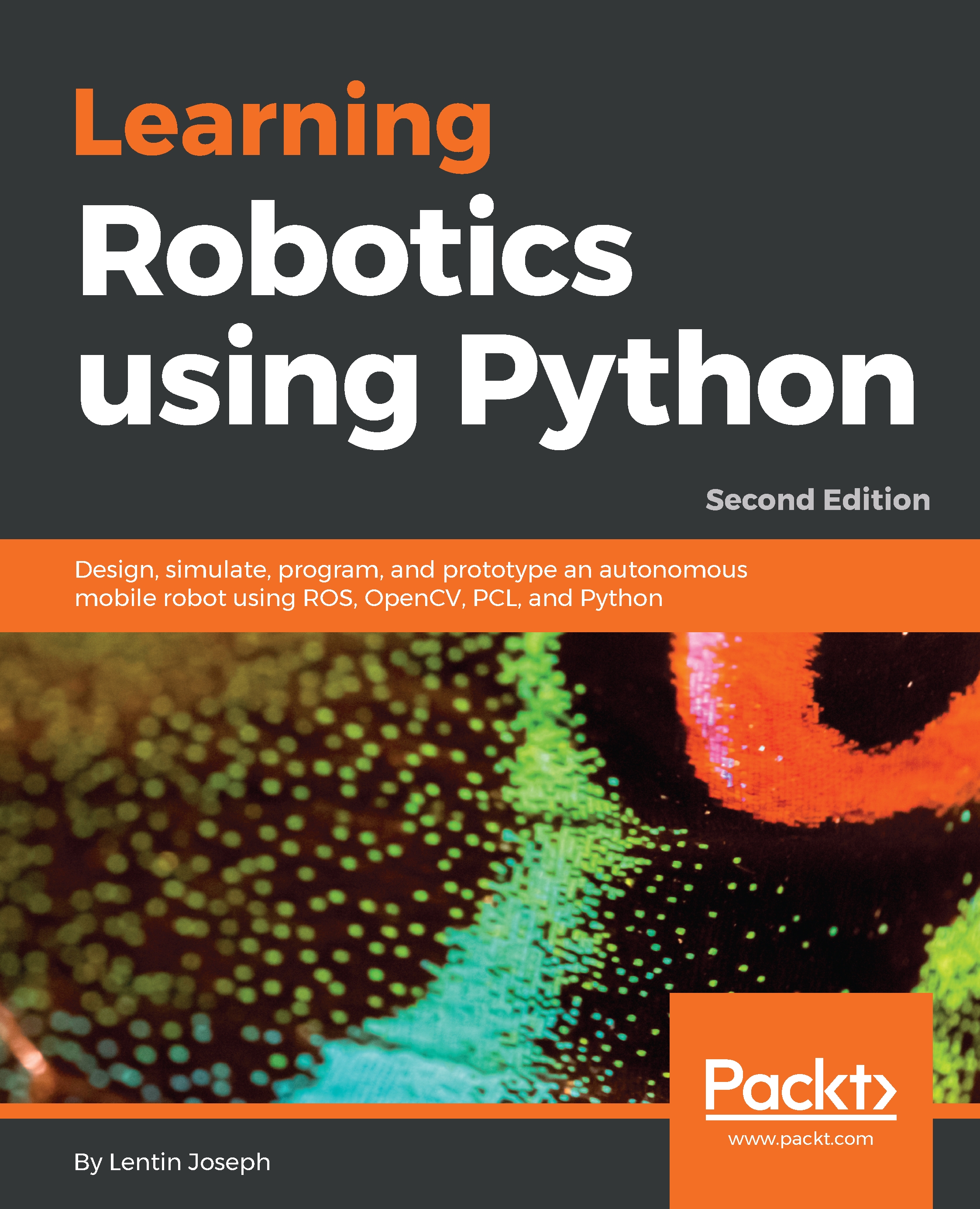The robot's movement is controlled by two direct current (DC) gear motors using an encoder. The two motors are driven using a motor driver. The motor driver is interfaced with an embedded controller board, which will send commands to the motor driver to control the motor's movements. The encoder of the motor is interfaced with the controller board in order to count the number of rotations of the motor shaft. This data is used to compute the odometry data of the robot. There are ultrasonic sensors that are interfaced with the controller board in order to sense the obstacles and measure the distance from the obstacles. There is an IMU sensor to improve odometry calculation. The embedded controller board is interfaced with a PC, which does all the high-end processing in the robot. Vision and sound sensors are interfaced with the PC and Wi-Fi is...
 United States
United States
 Great Britain
Great Britain
 India
India
 Germany
Germany
 France
France
 Canada
Canada
 Russia
Russia
 Spain
Spain
 Brazil
Brazil
 Australia
Australia
 Singapore
Singapore
 Canary Islands
Canary Islands
 Hungary
Hungary
 Ukraine
Ukraine
 Luxembourg
Luxembourg
 Estonia
Estonia
 Lithuania
Lithuania
 South Korea
South Korea
 Turkey
Turkey
 Switzerland
Switzerland
 Colombia
Colombia
 Taiwan
Taiwan
 Chile
Chile
 Norway
Norway
 Ecuador
Ecuador
 Indonesia
Indonesia
 New Zealand
New Zealand
 Cyprus
Cyprus
 Denmark
Denmark
 Finland
Finland
 Poland
Poland
 Malta
Malta
 Czechia
Czechia
 Austria
Austria
 Sweden
Sweden
 Italy
Italy
 Egypt
Egypt
 Belgium
Belgium
 Portugal
Portugal
 Slovenia
Slovenia
 Ireland
Ireland
 Romania
Romania
 Greece
Greece
 Argentina
Argentina
 Netherlands
Netherlands
 Bulgaria
Bulgaria
 Latvia
Latvia
 South Africa
South Africa
 Malaysia
Malaysia
 Japan
Japan
 Slovakia
Slovakia
 Philippines
Philippines
 Mexico
Mexico
 Thailand
Thailand

















